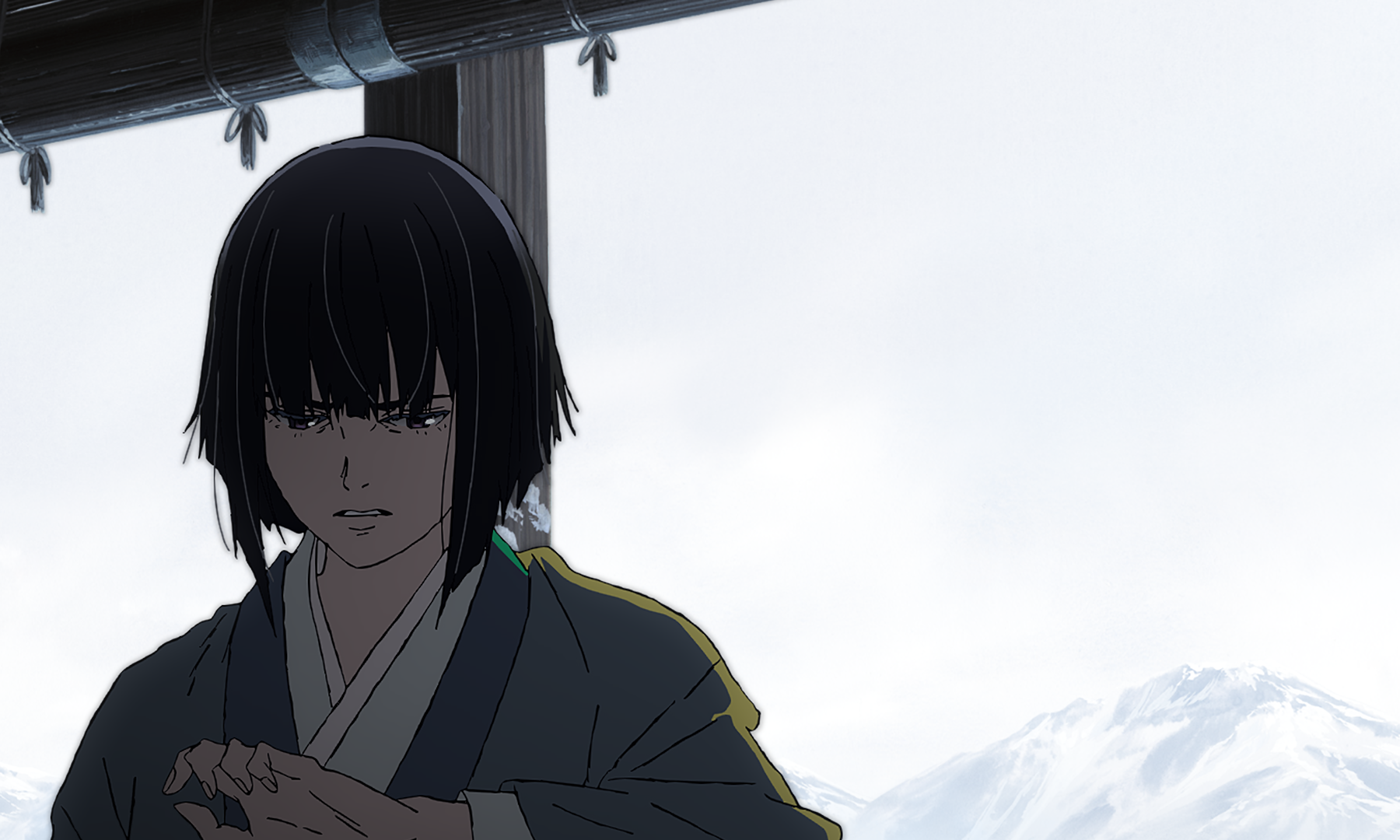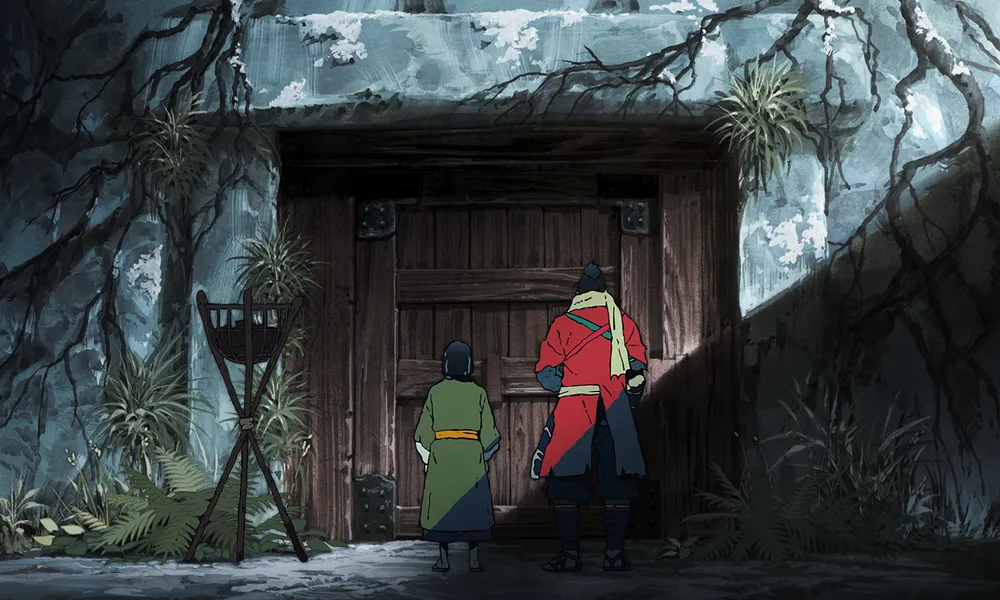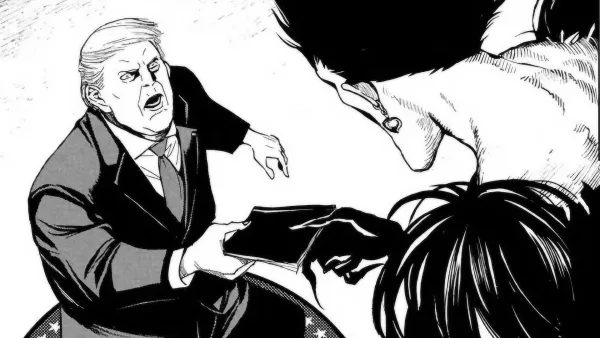Sekiro and a Problem With the Anti-Generative AI Movement
To preface: this article is not in defense of generative artificial intelligence ("generative AI"), nor is it an argument in support of its usage in any of the arts; and the title of this article not for the sake of getting clicks. A legitimate issue has continued to present itself in the wake up generative AI, and that's the self-amputating insistence by fellow anti-generative AI individuals who have no desire to interact with the nuances of drawing, the animation and video game industries, and the blind incendiary accusations of generative AI usage towards artists from those who believe they know something when they don't, often leading to counter-intuitive, hurtful, and harmful results. The backdrop of this topic is the recent Sekiro: No Defeat anime announcement, and the prevalence of discourse regarding whether it is using generative AI due it the studio's stance on the technology and the willful ignoramuses unable to fathom its idiosyncratic style.
Let's get this straight: generative AI is undoubtedly an unethical tool built on the stolen labor and products of others, not to mention lazy and lacking in effort that makes art and the human condition beautiful to observe. However, "laziness" has never been an objective critique of the technology, and if someone could train a model to produce work in their art style and they gave it full permission to do so, then their laziness is a personal preference I would distance myself from but not explicitly condemn because it's no longer about the ethics of labor and ownership. Generative AI as a technology is not at a point where that is possible, and it may never be at such a point because of the vast quantity of images and text needed to even train a model; but the point of the matter isn't to condemn generative AI because it is lazy (even though it is), but to explicitly state that its ethical concerns are most prominent in the fact that the companies behind these AIs use others' work without permission and it is thereby theft.
Even before generative AI was a significant talking point of the times—a cultural singularity of sorts—and its ability to hide itself amongst human-made works (precisely due to its nature in theft), there was an increasing precedent of making accusatory statements against artists whom people believed to be using generative AI. These assessments were and still are made using a variety of techniques: how many fingers are in the image? Is the anatomy bad? Are the line work and shapes nonsensical and merging into different objects? Is the "artist's" output far too much and too fast for an artist taking into account even the most generous amount of time it'd take to draw and render? Have they proven they can draw before, or have they been around for longer than the technology? Is it a stylistically generic output (again the result of theft of certain artists over others)? Is it plagued by a yellow tint that was the result of mass “Studio Ghibli” generated images (which, by the way, looked fundamentally nothing like Studio Ghibli)?
Each of these telltale signs of generative AI are meant to be observed and understood with nuances: art is not and will never be perfect. What many fighting against generative AI fail to quite understand in lots of seemingly blind accusations is the fallible nature of the artists themselves. People make mistakes with anatomy or even the number of fingers on a hand, overlook minor or even significant errors in illustrations, or consciously decide to draw objects and people a certain way. Hirohiko Araki, for example, is an artist who often distorts the proportions of his characters (like in double—or "spread"—pages) so that it lends itself to a more striking image on the physical pages; or when he adds extra limbs and fingers to characters when emulating a feeling of "movement" and "action" via a ghosting or afterimage-esque effect. Some of these may even just be mistakes Araki honestly made, but this is worth noting because a grand majority of Araki's catalogue of art predates the presence of generative AI just as an example, or the variety of different abstractions and art styles the permeate the art world as a whole, including the weak areas of each individual artist.
Artists now find themselves needing to prove that their art work is not generative AI as if blatant plagiarism wasn't already an issue, especially in cases where the artists are new and do not have a history pre-surgency of the technology; and one of the most egregious semi-recent examples of someone being accused without substantial proof was back in August of 2024 when artist Tillystechnique was accused of used AI-generated images on X (formerly Twitter) by a user who gained a lot of traction for their post. Now, the original accusation was eventually deleted and rectified by the user who made the statements, but any amount of basic research could have prevented this: Tillystechnique has physical art pieces with a similar style dating back to 2021 and prior, before the craze of generative AI, and before generative AI could produce anything that could fool the average person. This is the kind of case where such accusations can be demonstrably proven false under the assumption that the artist hasn't pivoted to using AI alongside their work (or pivoted to using AI as a whole), which I am not claiming or implying that Tillystechnique has.
There were also the frustrations of AI being used in Spider-Man: Across the Spider-Verse (2023), which was lambasted in various corners for no real reason other than misconstrued concepts on what "AI" even is and the predictable fearmongering that came with it. AI has been used in the gaming, film, and animation industries for decades: there is a clear difference between AI used in software, programs, general technology, and even automatic tweening (interpolation), and the generative AI that we are considering to be theft. Don't get it twisted: AI as a technology is not explicitly "bad" even in the arts, it's bad when the technology includes the theft of labor and product (generative AI).
These reactions come as a cultural overcorrection to a real problem, but overcorrection is similarly problematic in that it can hurt artist's reputations (thereby their careers) and entire projects when false accusations, especially those without much of a basis, make the rounds.
Sekiro: No Defeat’s announcement comes with a similar controversy where individuals do half of the research and make accusations based on the aforementioned signs of generative AI, but make otherwise no attempt to understand anyone involved with the work and thus its idiosyncratic styling (which r/Sekiro unashamedly boasts their lack of artistic integrity for, calling it “low budget” and cheap-looking because they would rather not watch television with their eyes opened), its timeline (which began before the generative AI craze), or its studio.
Once again, make no mistake: I'm not defending Qzil.la according to what their assumed stance on "AI technology" is because it's vague and that they've stated intention to use the tech in the past. Wherever their stance on generative AI has them end up, whether or not they intend to use it in the future, the legitimate hard work of those who have collaborated with the company up until this point and those working on Sekiro should not be automatically rejected as, therefore, being generative AI or "an affront" to human-led creativity as a whole; nor is this an indication that the Sekiro anime is, according to the production team’s view of the work, made with generative AI.

The studio themselves also made a post on X (Twitter) stating that the production was "all-hand-drawn 2D animation." Generative AI could be used for different processes in the production after that point, like WIT Studio's ill-fated The Dog and the Boy short that attempted to use generative AI for its background art—but the newsflash here is that generative AI isn't any good for this kind of work (or even character animation) because it doesn't meet any level of consistent useability. Projects like KaKa Creation's attempt with Twins HinaHina directly showcases how terrible the technology truly is in the context of animation production. Ethics of the technology aside for a short moment, the short version of all of this specific criticism is that the clunkiness of generative AI does not help solve Japan's animation labor shortage because the backgrounds and art created by AI still need to be both vastly cleaned up by a human artist and have a layout to work with in the first place. That is to say, humans still need to egg it in the direction they want and even then, massively correct the product, so it still takes the same resources (or more). Though, perhaps most insultingly, WIT Studio credited the backgrounds of their short to "AI (+Human)." Would director Kenichi Kutsuna and famed art director Yuuji Kaneko, character designer Takahiro Kishida, and other staff members really hinge years' worth of work on this tech just because the studio may have found an interest in it within the last two or three years? The studio isn't even the producer in charge of the project anyway, a company called ARCH is. Qzil.la is in charge of animation production but is still subject to ARCH's producing power.
Qzil.la has thus far led the animation effort for some pretty cool things: Chainsaw Man (2021) ED 11 and Jigokuraku: Hell's Paradise's OP with animator and director Shinpei Kamata, Kingdom 5's (2024) ED with Mai Hasegawa and Shinya Kawatsura, and some other shorts like VTuber Watame Tsunomaki's "My Song" (2022) music video, all without the use of generative AI.
Director Kutsuna, in his series directing debut, started this project years ago. As a member of the webgen era, his specific style of drawing and the way he depicts movement are quite different from the standard services found in popular works like Ufotable's series or the influx of modern flashy Yutapon-influenced web animators, as examples. Stemming from and proving popular on series like Birdy the Mighty: Decode (2008), where animators like Kutsuna, Shingo Yamashita, and Norio Matsumoto made a significant mark on the industry, Kutsuna's journey into the director's chair has seen him build up his own unique sense of aesthetics. His and the animators mentioned are less attuned to the highly on-model drawing styles sought after by modern animators or animation standards and more of a cross between polish and something like the semi-realistic but simplified morphing forms of Masaaki Yuasa, Shinya Oohira, or Masayuki Yoshihara in the 1990s. A considerably more natural comparison would be to Kiyotaka Oshiyama's works like his partially finished short film SHISHIGARI or Look Back (2023), but these are obviously passing comparisons and not entirely accurate.
Take time to consider the aesthetic stylings of OPs that he directed for Vlad Love (2021), The Fire Hunter (2023), and Magical Destroyers (2023) when watching Sekiro's trailer. The stylistic similarities in content, flat color sensibilities, textures, and Kutsunu's approach to movement are noticeably similar and close to how I could have imagined a Sekiro anime would be helmed by the animator.
Much of the other staff are also venerated industry veterans who have been in the game for decades. There is no pre-existing reason as to why I or others should consider that the staff are using generative AI for any particular processes aside from Qzil.la's vague mutterings, which so far has not been applied to any of their productions and which I doubt would be given the OK by Kutsuna, the rest of the staff, or even the project's producer ARCH. Considering that planning and pre-production started well before these technologies were even in realistic consideration for use by any company, why is so much of the response immediately taking the opposing viewpoint that they undoubtedly are? It's just being reactive, as the Internet is bound to be and social media sites tend to be. An amount of trepidation of the work's release is understandable, but with a whole trailer released, I find nothing about the project is particularly damning it as using generative AI even as some point out drawings that look distinctly dissimilar to AI-generated in-betweens, and friends who know about the inner workings of the project or are directly involved say that no generative AI was used at all.

According to ARCH's representative director Tetsushi Suzuki, who is also a board member of studio Production +h, this project even led to the establishment of a creative collective called Studio Betta with Kutsuna as representative director, and Kutsuna said that he was trying to muster up all of the beauty that he could for this work. Suzuki is a board member for Studio Betta alongside Marza Animation Planet producer Shunsuke Fukui (who employs Kutsuna as of 2015, to my knowledge) and Onakama representative director Ryou Hamanaka.
In any case, generative AI is an insultingly unethical technology in basically every instance that it is used in; and while it is something to fight against to retain the rights of artists and find a modicum of stability under corporations who are constantly making attempts to utilize the technology to pay artists for less, there is absolutely no reason to be so consumed by that hatred that it becomes detrimental to critically thinking about these nuances and matters. Generative AI sucks, but so does willful ignorance.
Images: ©FS. Published by Activision. ©KA/SNDP


